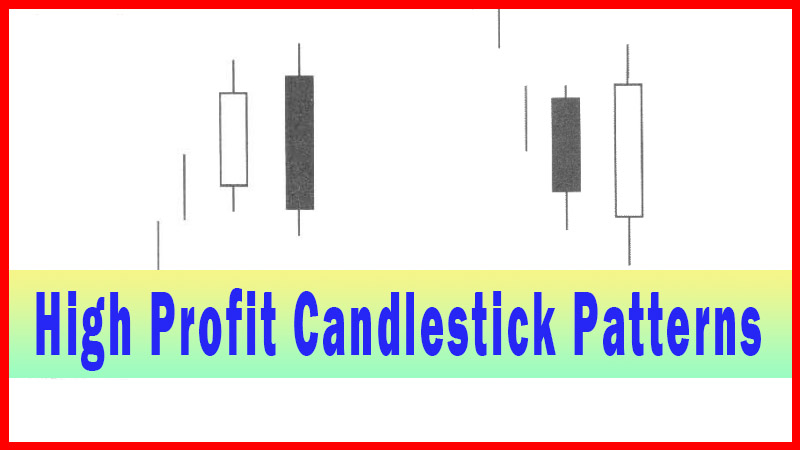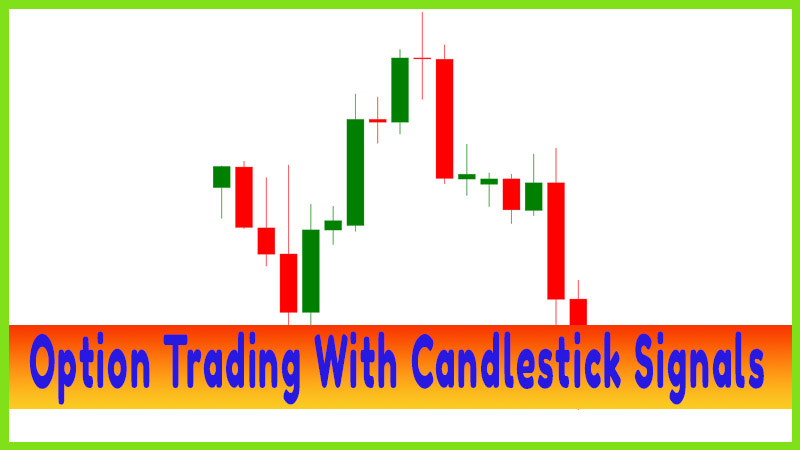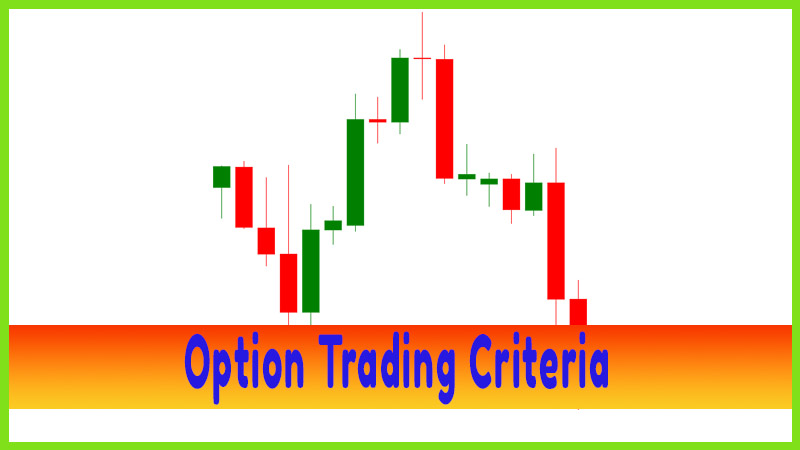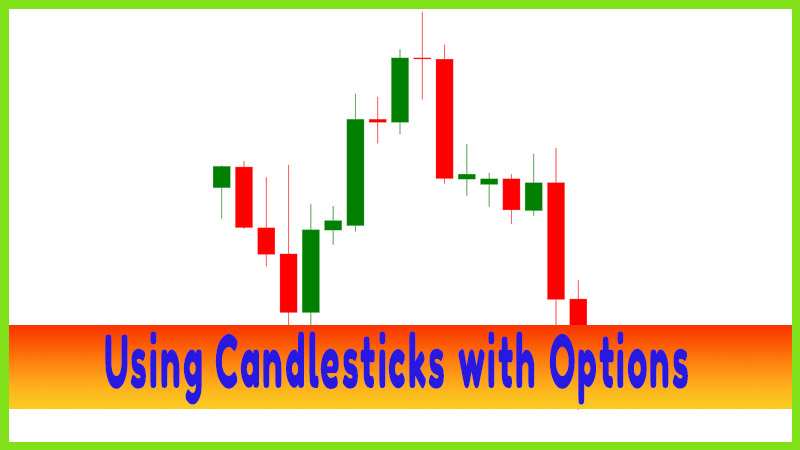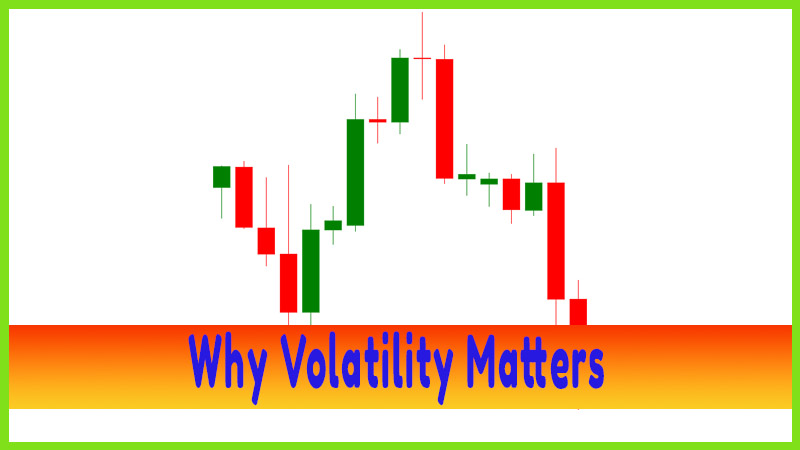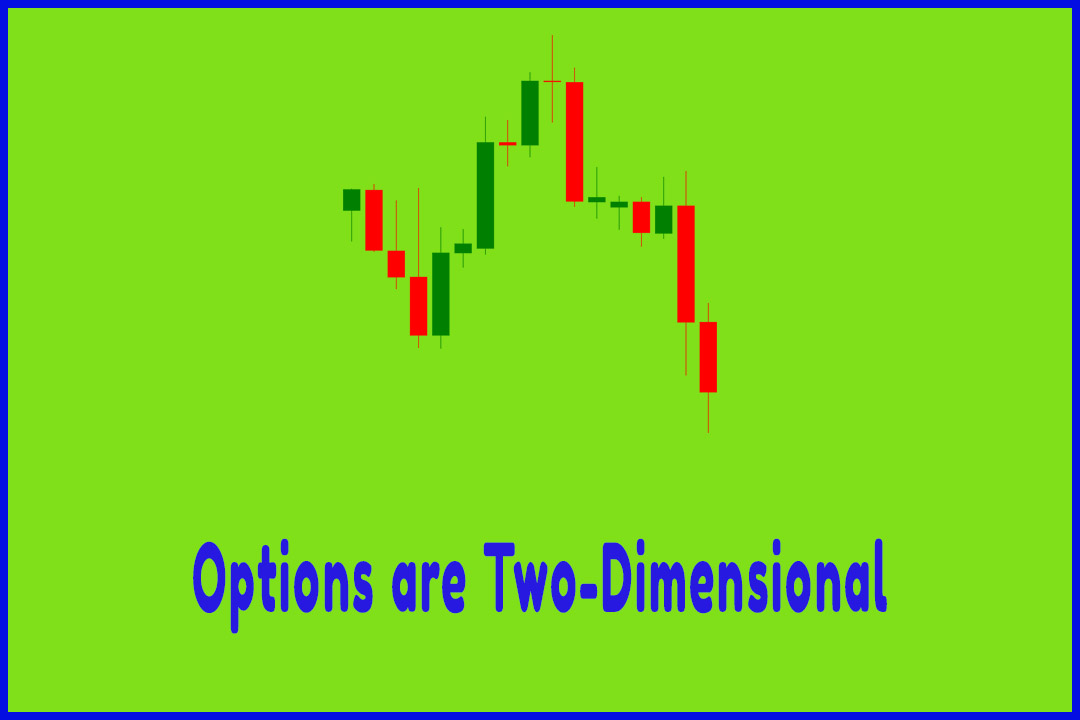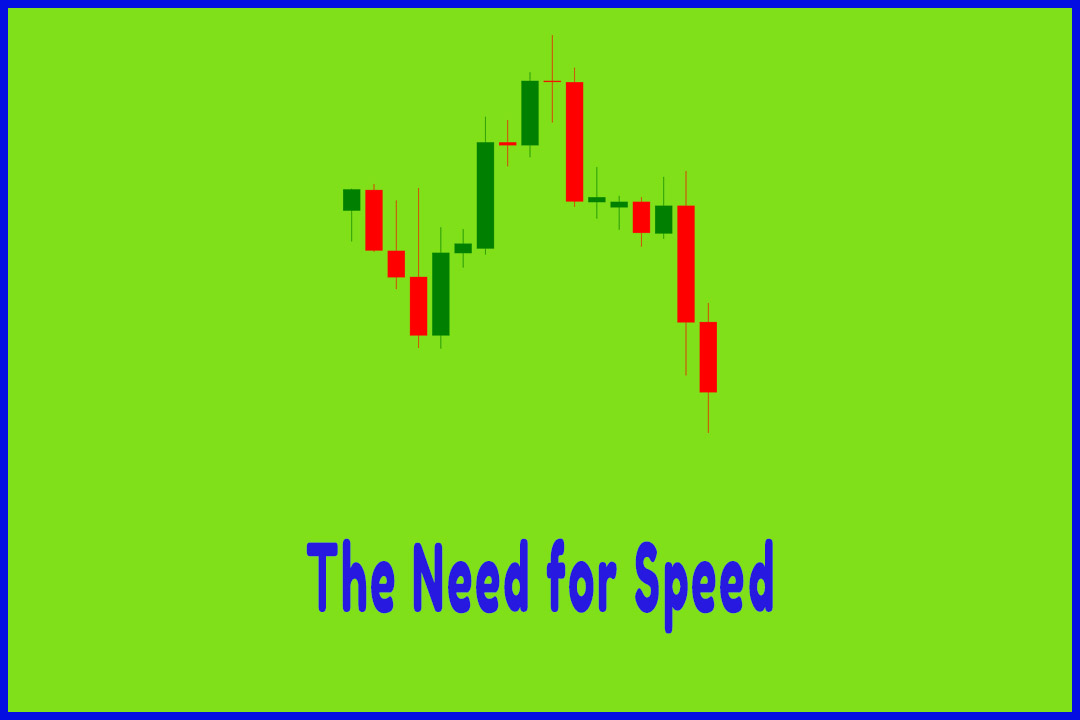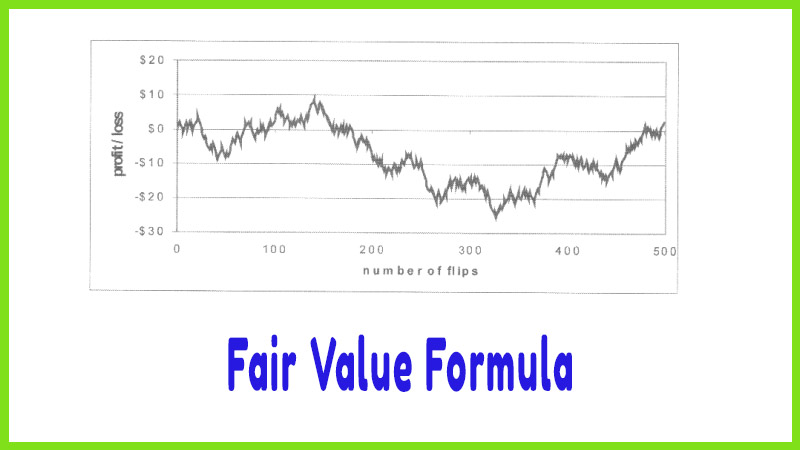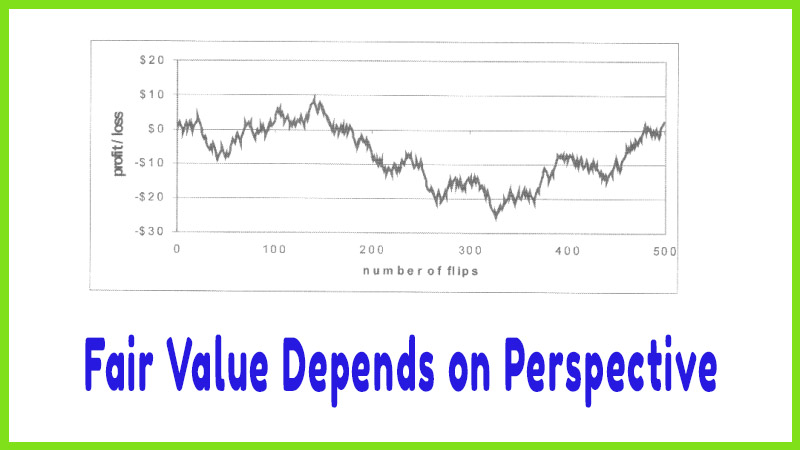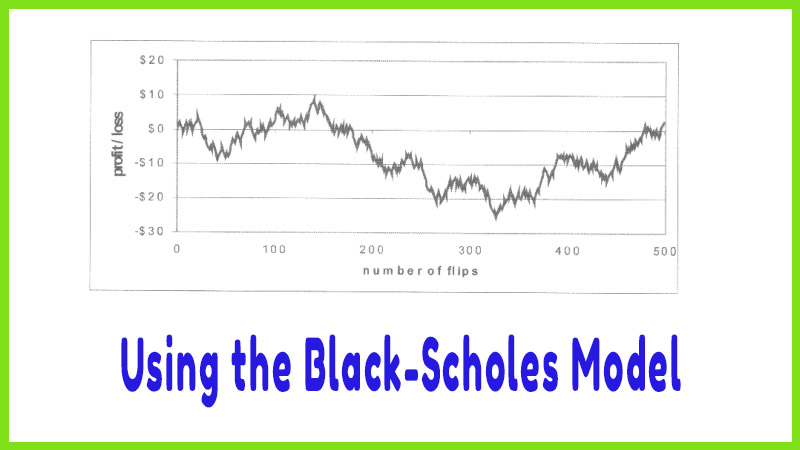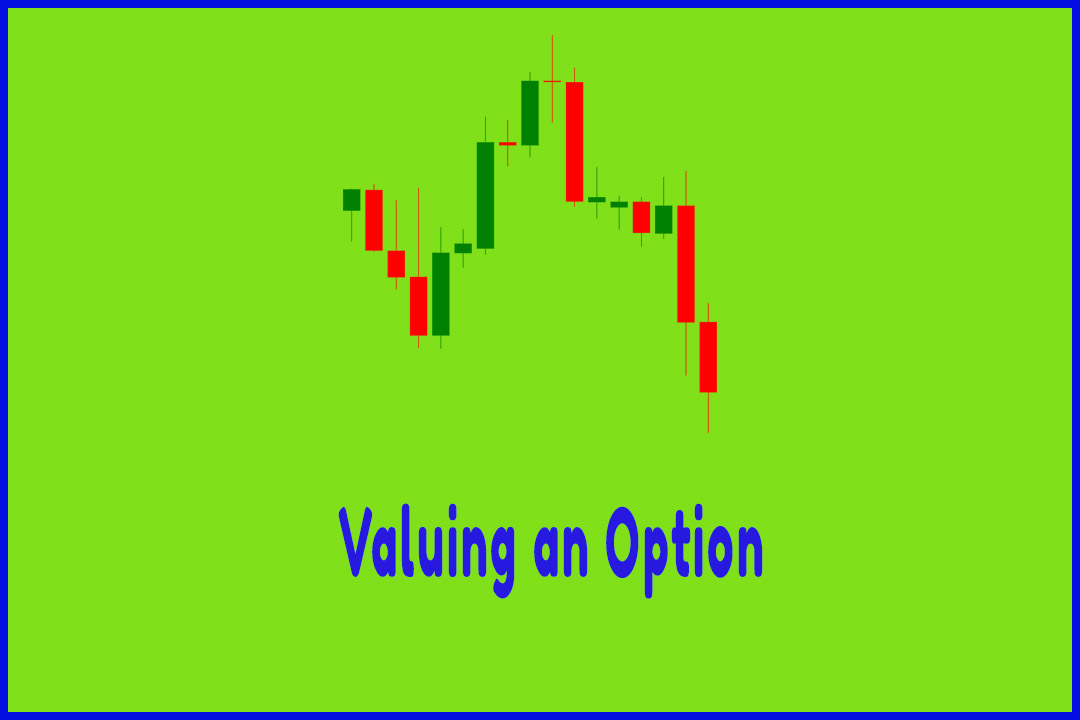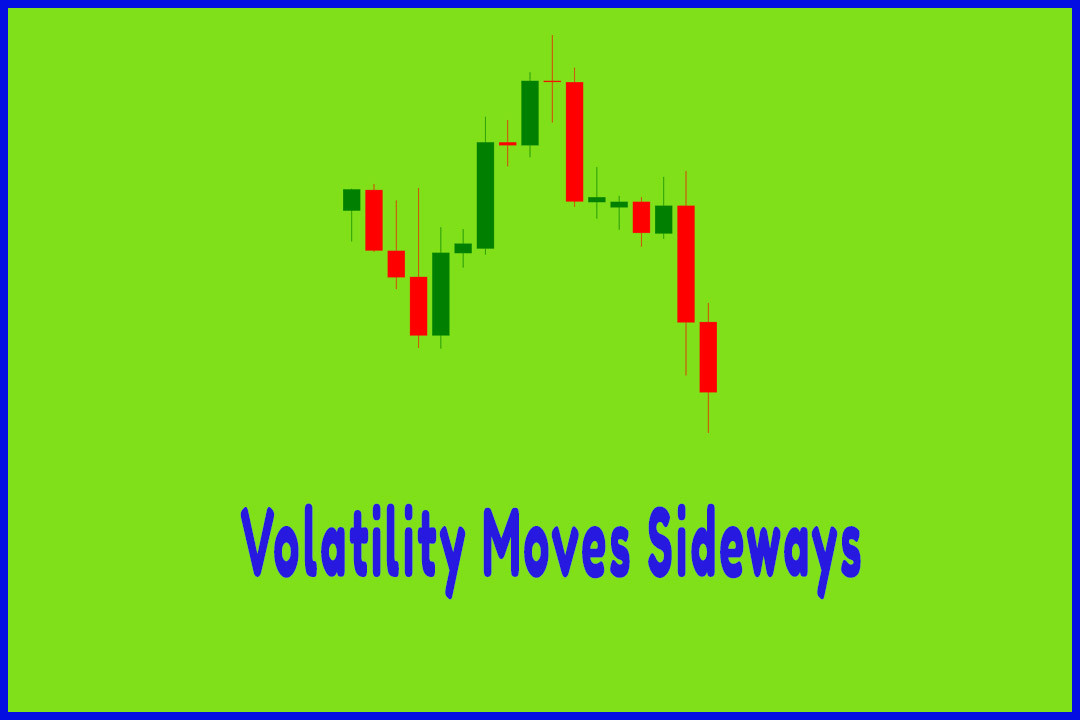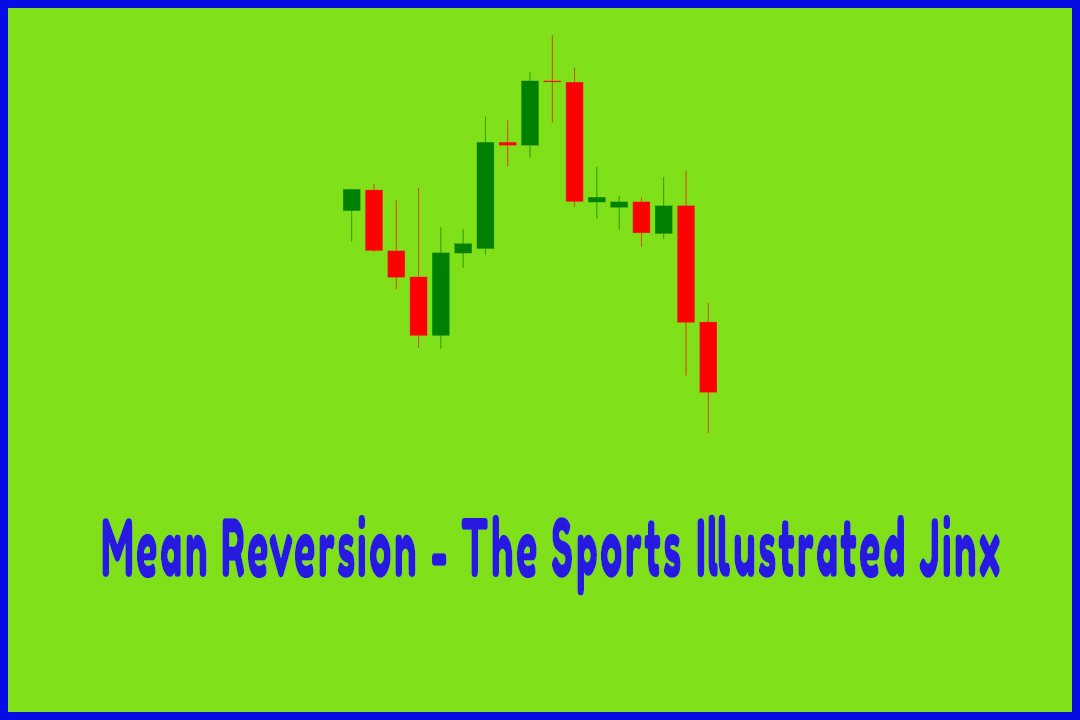Time Decay - Option Trading
option trading guidelines, option trading requirements, option trading good for beginners, best option stocks for beginners
Course: [ How To make High Profit In Candlestick Patterns : Chapter 6. Option Trading with Candlestick Signals ]
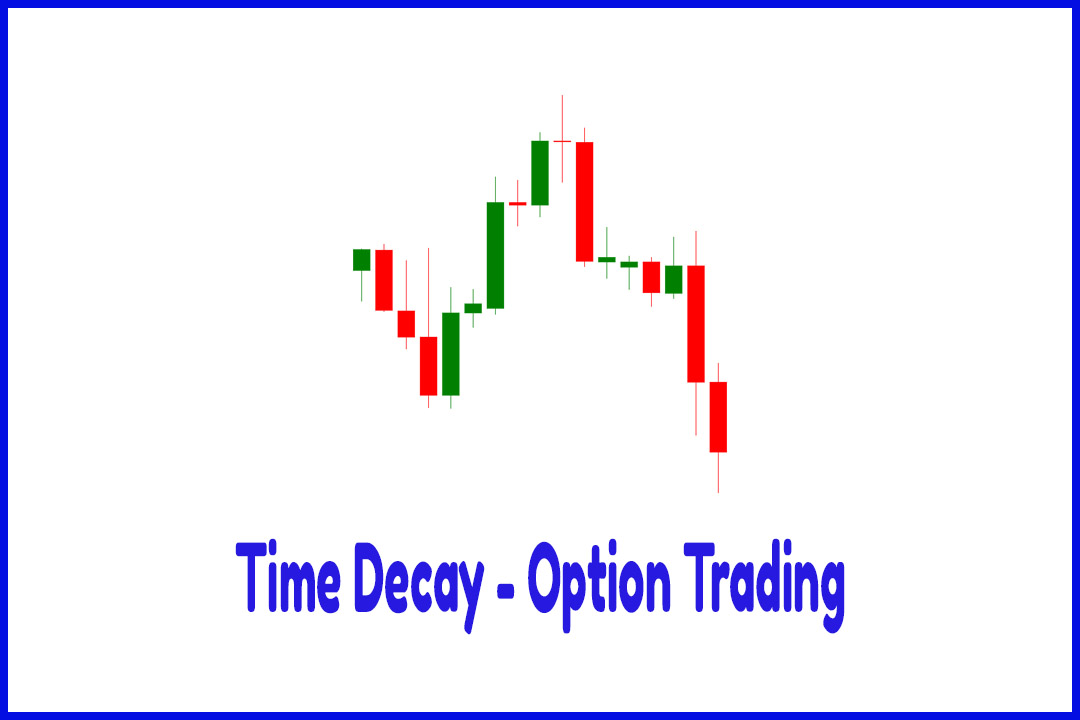
Many traders believe that the VIP calls lost money simply because of time decay. Time decay means that time has been subtracted from the life of the option and that the option must therefore be worth less money.
Many
traders believe that the VIP calls lost money simply because of time decay.
Time decay means that time has been subtracted from the life of the option and
that the option must therefore be worth less money. However, that assumes that
all other factors stay the same. We can use the Black-Scholes Model to see if
time decay was the culprit. Figure 13 shows that if we use a volatility of
79.64% then the price of the call is $2.50, which was the market price at the
time we considered buying the $33,375 call:
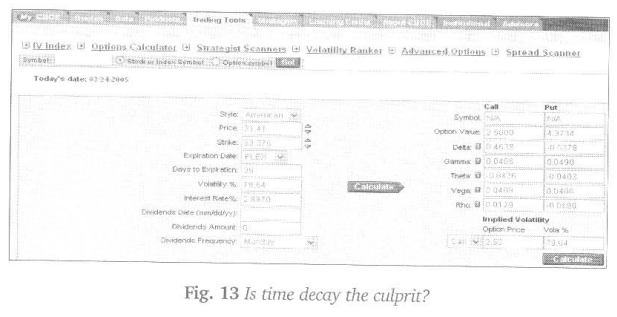
Thirteen
days later, the stock rose to $34. Figure 14 shows the value of the $33,375
call thirteen days later (26 days to expiration instead of 39) would be $3.20
assuming that volatility remained constant at 79.64%:
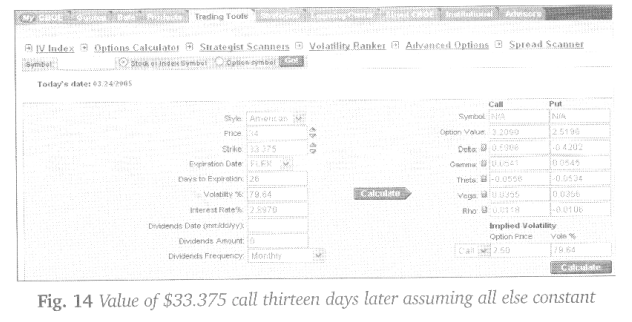
So, the
fact that time decayed by thirteen days was not the culprit of the loss on the
VIP $33,375 call[1].
Had thirteen days passed and volatility remained constant, we would have been
able to sell the call for $3.20 and gained a nice profit. Instead, we faced a
loss with the call bidding only $1.80. Which volatility is necessary to create
a $1.80 bid price?
Figure 15
shows that an implied volatility of about 40% (39.81%) equates to a $1.80 call
price. This shows that the reason the $33,375 call lost money was not because
of time decay but rather that the implied volatility was cut in half; it fell
from 80% to 40% in thirteen days.
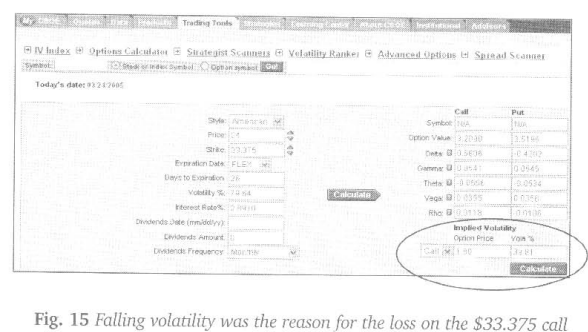
The
Black-Scholes Model allowed us to see the volatilities that the market was
using to price the $33,375 call. Had we not used the model, all we would see is
the $2.50 call price and have to make our decision based on our belief of the
direction of the stock. But as we’ve seen, knowing the direction is not enough
to profit on options. We must also know something about the volatility that the
market is using to price the options. Because the market’s assessment of
volatility was so high, we were faced with a very large premium ($2.50 market
price versus our estimate of $1.30). In order to overcome this large premium,
the call option had a high-speed component. Had VIP moved from $31.41 to $34
the next day, we would expect the call to be profitable. But it took thirteen
days to get there and that’s a different story.
How To make High Profit In Candlestick Patterns : Chapter 6. Option Trading with Candlestick Signals : Tag: Candlestick Pattern Trading, Option Trading : option trading guidelines, option trading requirements, option trading good for beginners, best option stocks for beginners - Time Decay - Option Trading
